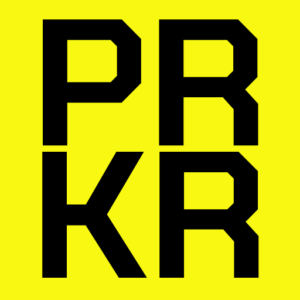When you think about your organization’s communication strategy, a media relations plan should be at the forefront. It’s not just about issuing press releases; it’s about building relationships with journalists and influencers who can amplify your message. By identifying your audience and crafting tailored content, you can create a compelling narrative that resonates. But what are the key elements you need to consider to ensure your plan is effective? Understanding this can make all the difference in how your brand is perceived.
Developing a Media Relations Strategy

To build an effective media relations strategy, you need to start by identifying your target audience.
Understanding who you want to reach will help you craft a message that resonates with both the media and your stakeholders.
Identifying Your Audience
Understanding your target audience is crucial, as their preferences and the media outlets they frequent will shape how you tailor your media relations efforts effectively. By identifying your audience, you can build a media list that aligns with their interests, enhancing your media outreach and ensuring your media relations strategy is successful.
To effectively identify your target audience, consider these key points:
- Demographics: Understand age, gender, location, and income levels to better tailor your message.
- Interests: Recognize what topics or issues resonate with your audience to craft engaging content.
- Media Consumption: Know which media outlets they prefer; this allows you to focus your efforts where they’ll have the most impact.
As you develop your media relations plan, remember that aligning your media relations efforts with audience preferences will lead to more effective engagement. Regularly assess your target audience to adapt to changing preferences and trends, ensuring your communication remains relevant and impactful. This strategic approach not only fosters stronger relationships with media contacts but also enhances your brand’s credibility in the marketplace.
Crafting Your Message
Aligning your message with your brand values is key to creating a narrative that’s engaging, informative, and newsworthy for the media. When crafting your message, focus on building a media relations strategy that resonates with your target audience.
Start by developing a clear and compelling narrative that highlights what makes your brand unique.
Creating a media kit is essential; it should include background information, employee bios, and examples of press releases that showcase your story accurately. This tool will help you engage the media effectively, ensuring they’ve the resources to cover your brand positively.
Your media relations plan should prioritize informative and newsworthy content that aligns with your brand values. Think about what stories will capture attention and foster positive media coverage.
Regularly assess and refine your messaging to maintain consistency and clarity in communication.
Key Elements of Media Relations

Building strong relationships with the media is essential for your media relations strategy.
You’ll need to employ effective tactics and tools to ensure your message reaches the right audience.
Building Relationships with the Media
Establishing strong connections with journalists and media outlets is essential for becoming a reliable source of information in today’s fast-paced news landscape. Building and maintaining relationships with media professionals can significantly enhance your credibility with the media and attract valuable media attention.
To strengthen your media relations strategy, focus on these key practices:
- Engage authentically: Share valuable stories that resonate with journalists and their audience.
- Stay proactive: Regularly communicate with media contacts and be responsive to media asks.
- Personalize your outreach: Tailor your pitches to reflect the interests of specific media channels.
Media Relations Tactics and Tools
Effective media relations rely on utilizing essential tools like press releases and media pitches to engage journalists and secure valuable coverage.
Your media relations strategy should include crafting compelling press releases that clearly communicate your brand’s story and key messages. Tailor your media pitches to fit the interests of individual journalists, making it easier for them to see the value in covering your story.
By implementing effective media relations tactics, you can enhance your PR efforts and achieve greater media coverage. Consistently engaging the media with relevant updates and news creates a strong foundation for your brand’s reputation.
Additionally, integrating a crisis communication plan into your media relations tools prepares you to handle potential challenges smoothly and effectively.
Strategic Importance of Media Relations

Understanding the strategic importance of media relations is essential for shaping public perception and achieving your organizational goals.
By effectively managing media interactions, you not only enhance your brand’s reputation but also contribute to a cohesive public relations strategy.
This connection can significantly influence how your audience perceives your business.
Contribution to Public Relations
Media relations consistently plays a vital role in shaping public perception and managing the coverage that influences how audiences view your brand. By effectively implementing a media relations plan, you can enhance your PR efforts and ensure your messages resonate with the public.
Here’s how media relations contributes to PR:
- Building Credibility: Positive media coverage boosts your brand’s credibility in the eyes of your audience.
- Influencing Public Perception: You can manage public perception by controlling the narrative through strategic media outreach.
- Supporting Broader PR Efforts: Media relations supports your overall PR efforts by creating a cohesive communication strategy.
Incorporating media relations into your PR strategy is essential. It not only helps in managing public perception but also amplifies your brand message through various media channels.
A robust media relations plan allows you to engage effectively with journalists, ensuring that your story gets the attention it deserves. By prioritizing media relations, you’re laying the groundwork for strong PR efforts, which ultimately contribute to a positive public image and sustained brand success.
Impact on Organizational Goals
A well-executed media relations strategy directly supports your organization’s goals by enhancing visibility and building a strong reputation in the marketplace. By creating a successful media campaign, you can effectively communicate your brand’s message through targeted media outlets, reaching your desired audience more efficiently.
Public relations professionals benefit from employing diverse media strategies, including traditional media and social media engagement, to maximize coverage and engagement.
When measuring your PR efforts, it’s essential to assess the impact of your media relations strategy on organizational goals. A winning media relations strategy not only strengthens your brand’s presence but also prepares you for potential crises, fostering trust among stakeholders. Engaging with journalists and maintaining relationships through personalized outreach ensures your message resonates and reaches the right ears.
Ultimately, a robust media relations plan aligns with your organizational objectives, driving brand awareness and credibility. By focusing on your goals and continuously refining your approach, you can leverage effective media relations to advance your organization’s mission and achieve lasting success.
Implementing Media Relations Tactics

When you’re ready to implement media relations tactics, having the right tools and resources at your fingertips is essential. These can streamline your engagement with journalists and enhance your outreach efforts.
Let’s explore how leveraging these resources can elevate your media relations strategy.
Tools and Resources for Media Engagement
Effective tools and resources can significantly enhance your media engagement efforts, streamlining communication and fostering strong relationships with journalists. By leveraging these tools, you can create a successful media relations strategy that resonates with your target audience and strengthens your brand.
Consider incorporating the following resources into your media communication plan:
- Media Monitoring Tools: Tools like Muck Rack help you track media mentions and gauge the effectiveness of your outreach efforts, making measuring PR more manageable.
- Media Kits: A well-prepared media kit provides journalists with essential information, ensuring they accurately represent your brand during media interviews and events.
- Digital PR Platforms: Utilizing digital PR tools can streamline your outreach process, enabling PR professionals to connect with relevant journalists and outlets efficiently.
Conclusion
In conclusion, a well-structured media relations plan is crucial for effective communication. By understanding your audience and crafting tailored messages, you can build strong relationships with journalists and influencers.
Implementing key tactics like press releases and proactive outreach won’t only enhance your brand’s credibility but also shape public perception positively.
Remember, a strategic approach to media relations can significantly support your broader PR efforts, ensuring your organization stands out in today’s competitive landscape.


